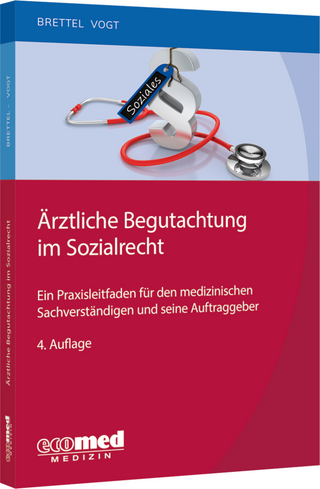
Disaster Management and Human Health Risk
WIT Press (Verlag)
978-1-84564-202-0 (ISBN)
Section 1: Emergency preparedness and risk mitigation Earth observation and network of in situ ground sensors for disaster management and early warning; Geospatial web services and applications for infectious disease surveillance; Developing a spatial-based approach for vulnerability assessment of Philippine watersheds and its potential in disaster management; Computational tools for evaluating bioemergency contingency plans; The threats and challenges of a radiological emergency; Assuring the information flow from accident sites to decision makers - a Finnish case study; Emergency preparedness in integrated management systems: case study of the Port of Tallinn; AMETRINE: a humanitarian camp management system; Change capability of protection systems; Oil pollution prevention: crude oil biodegradation by isolated bacterium of the Persian Gulf; Partnering with tribal nations during a disaster; Strategic program for landslide disaster risk reduction: a lesson learned from Central Java, Indonesia; Reliable situation recognition based on noise levels; Identification of disaster risks in spatial planning for sustainable development: a case study in Kosovo; Length measurements in digital images by using an anchored discrete convolution algorithm; Using of congruent phosphate as equilibrium phosphate boilers water treatment; Improving transport aircraft fire safety through R&D; Thermal behaviour and toxic emissions of various timbers in cone calorimeter tests; Probabilistic methods for prediction of corrosion in a service water system Section 2: Natural disasters Applying MORT to the analysis of Tabasco's flooding; DMT - an integrated disaster management tool; From national landslide database to national hazard assessment; Offshore disasters: wave forces on offshore and coastal structures due to Tsunamis; FLOREON+: using Case-Based Reasoning in a system for flood prediction; Section 3: Learning from disasters Training decision-makers in hazard spatial prediction and risk assessment: ideas, tools, strategies and challenges; An inverse and decompositional analysis of unobserved trigger factors according to slope failure types; Capacity empowerment and building: integrated recovery management framework in China Section 4: Analysis, monitoring and mitigation of natural and man-made disasters Historical view of the damage caused by the 1693 Catania earthquake and the reconstruction activities; The road map for the seismic geotechnical vulnerability of the physical environment; Seismic vulnerability of a slope in central Italy; A procedure for the evaluation of geotechnical risk in urban areas: the case of Centuripe town; A software framework for the generation of dynamic vulnerability maps for risk assessment; An integrated system for disaster management in industrial areas
| Erscheint lt. Verlag | 15.9.2009 |
|---|---|
| Reihe/Serie | WIT Transactions on the Built Environment ; No. 110 |
| Zusatzinfo | Illustrations |
| Verlagsort | Southampton |
| Sprache | englisch |
| Maße | 155 x 230 mm |
| Themenwelt | Medizin / Pharmazie ► Medizinische Fachgebiete ► Arbeits- / Sozial- / Umweltmedizin |
| Naturwissenschaften ► Biologie ► Ökologie / Naturschutz | |
| Wirtschaft | |
| ISBN-10 | 1-84564-202-3 / 1845642023 |
| ISBN-13 | 978-1-84564-202-0 / 9781845642020 |
| Zustand | Neuware |
| Haben Sie eine Frage zum Produkt? |
aus dem Bereich


